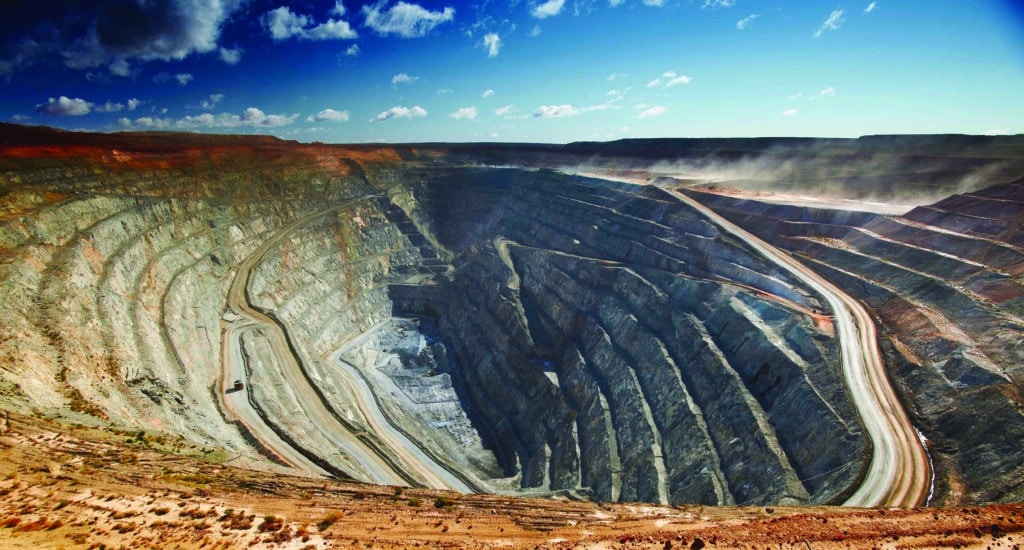Mineral extraction plays a pivotal role in various industries, providing essential raw materials for economic development. However, this process is not without consequences. In this blog post, we will delve into the three significant environmental impacts of mineral extraction, shedding light on the ecological footprint left behind. By understanding these impacts, we can strive for sustainable practices and minimize the negative effects on our planet.
- Habitat Destruction and Biodiversity Loss:
Mineral extraction often requires extensive land clearance, leading to the destruction of natural habitats. Forests, wetlands, and other ecosystems are cleared to make way for mining operations, displacing countless species and disrupting delicate ecological balances. This loss of biodiversity can have far-reaching consequences, affecting the stability of ecosystems, pollination processes, and overall ecosystem resilience. - Water Contamination and Depletion:
The extraction of minerals involves the use of vast amounts of water, which can lead to both contamination and depletion of this precious resource. Chemicals used in the extraction process can seep into nearby water sources, contaminating rivers, lakes, and groundwater. This pollution not only harms aquatic life but also poses risks to human health. Additionally, the excessive water usage in mining operations can deplete local water supplies, exacerbating water scarcity issues in already water-stressed regions. - Air and Soil Pollution:
Mineral extraction activities release various pollutants into the air and soil, contributing to environmental degradation. Dust and particulate matter generated during mining operations can contaminate the air, leading to respiratory problems and other health issues for nearby communities. Moreover, the extraction process often involves the use of chemicals, such as cyanide and sulfuric acid, which can contaminate the soil and render it infertile for future agricultural use. This pollution can have long-lasting effects on both human and ecosystem health.
Conclusion:
Mineral extraction undoubtedly fuels economic growth, but it also leaves behind a significant environmental footprint. The three environmental impacts discussed - habitat destruction and biodiversity loss, water contamination and depletion, and air and soil pollution - highlight the urgent need for sustainable mining practices. By adopting technologies that minimize these impacts, implementing stringent regulations, and promoting responsible mining practices, we can strive for a more sustainable future. It is crucial for industries, governments, and individuals to work together to mitigate the environmental consequences of mineral extraction and ensure the long-term health of our planet.
About Author
You may also like
-
Enhanced Technical Guide to XM-7 Iron-Based Powders for Wear-Resistant and High-Strength Industrial Components
-
Comparing Materials: Glass, Metal, and Polymeric Facade Solar Panels
-
How to Choose High-Performance Engineering Plastics for Modern Industrial Applications
-
How to Use Plastic Additives to Improve Material Performance in Modern Manufacturing
-
Indoor vs. Outdoor EV Chargers: Choosing the Right 7kW Charging Solution for Your Home

